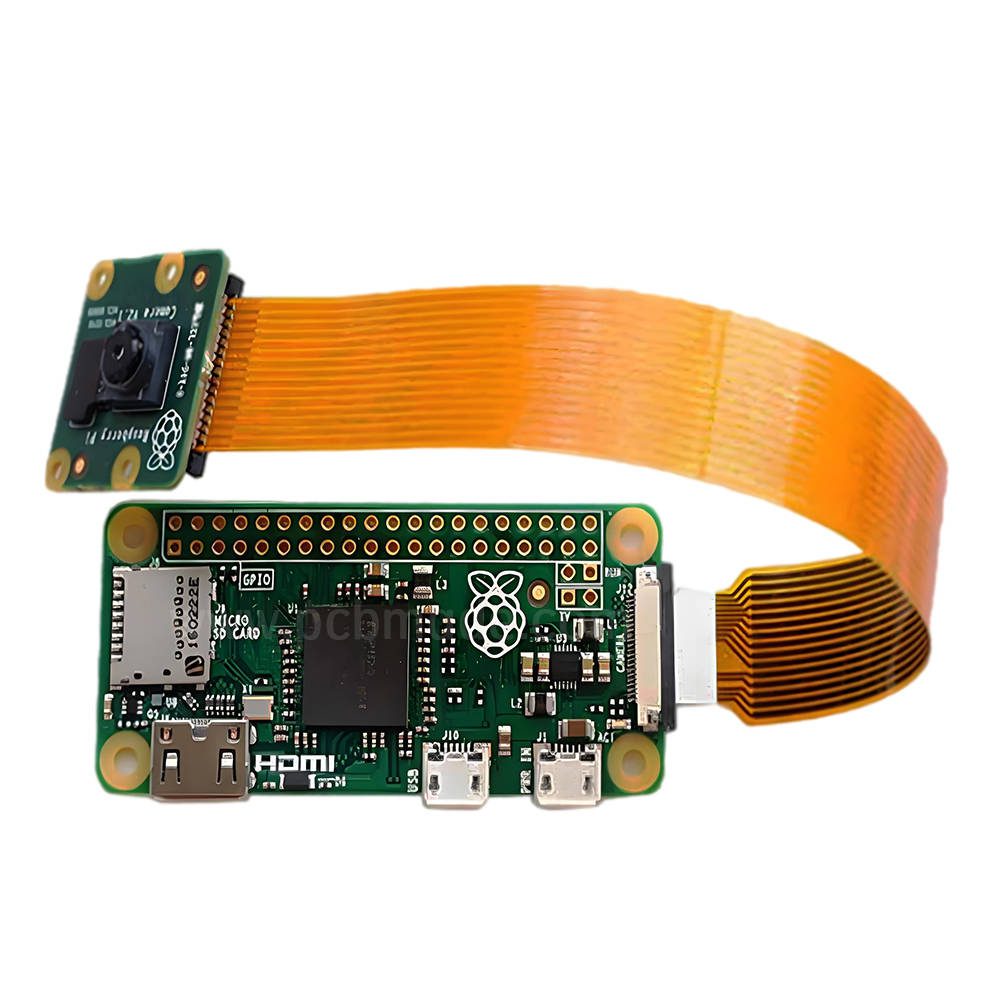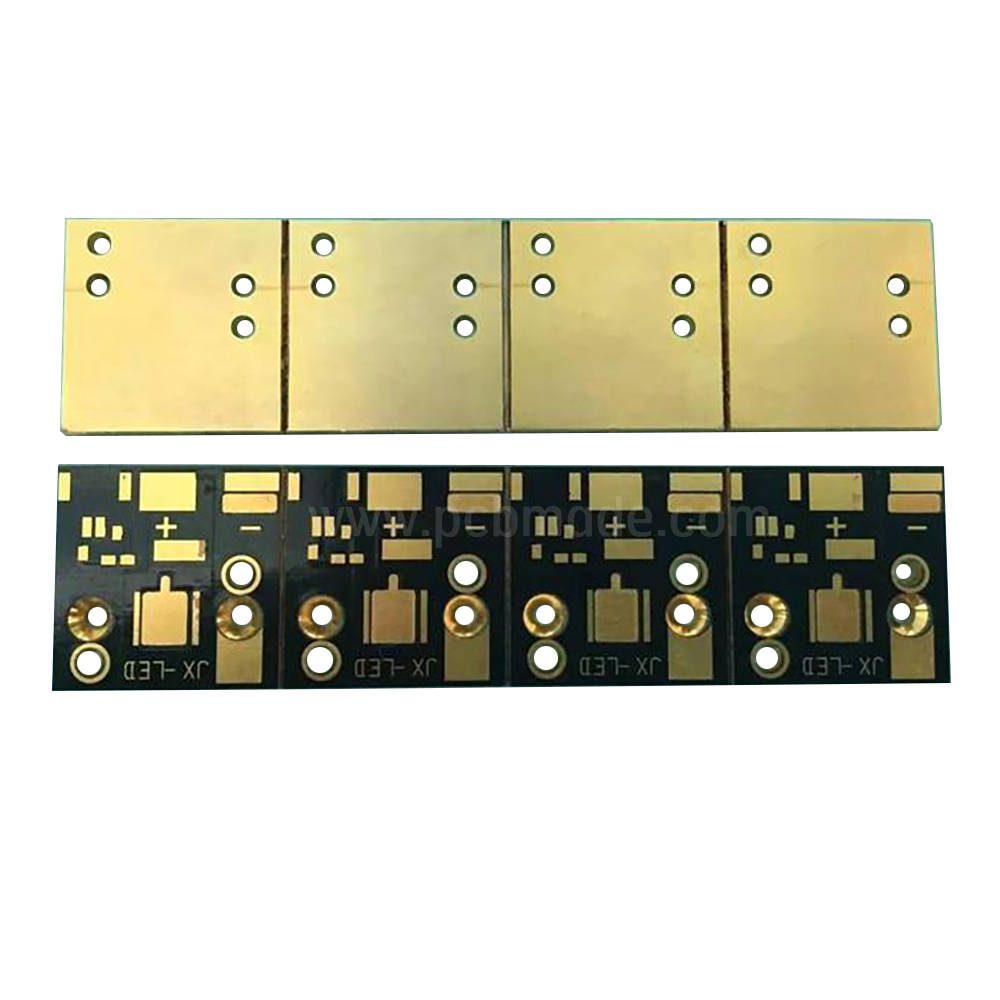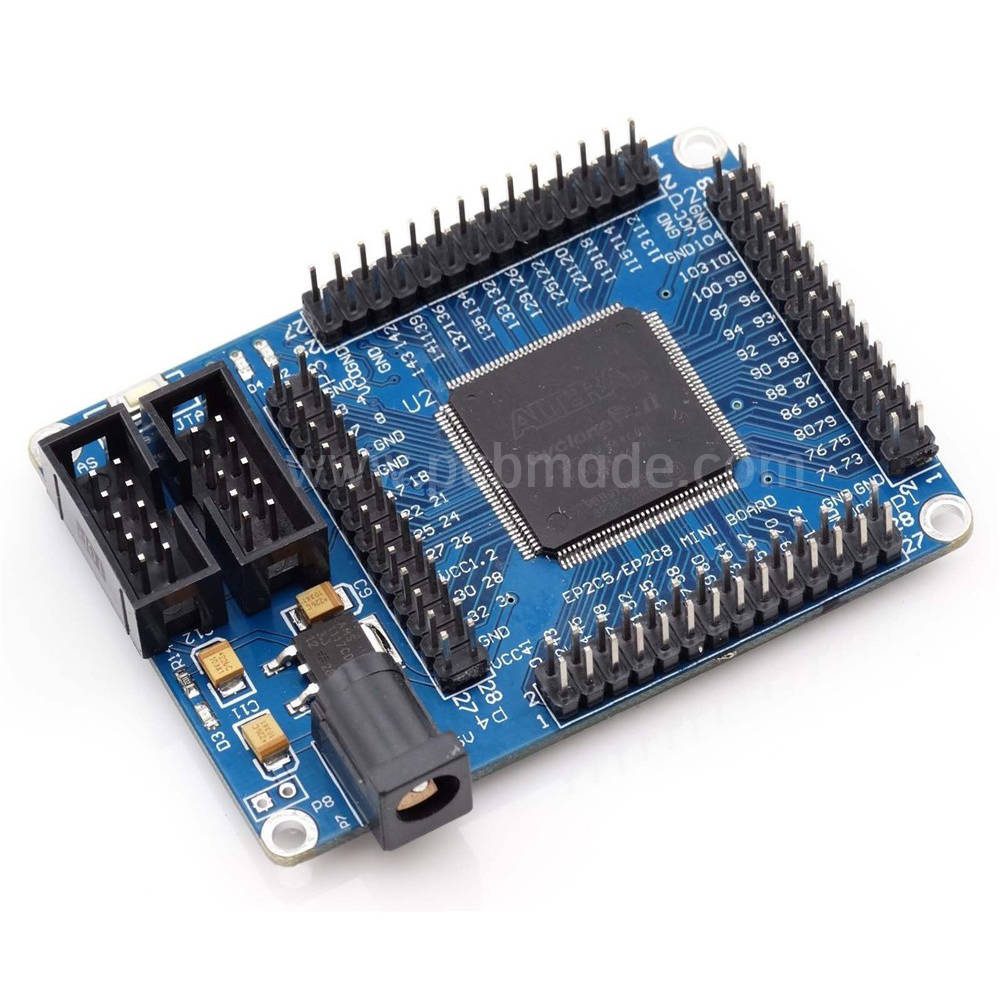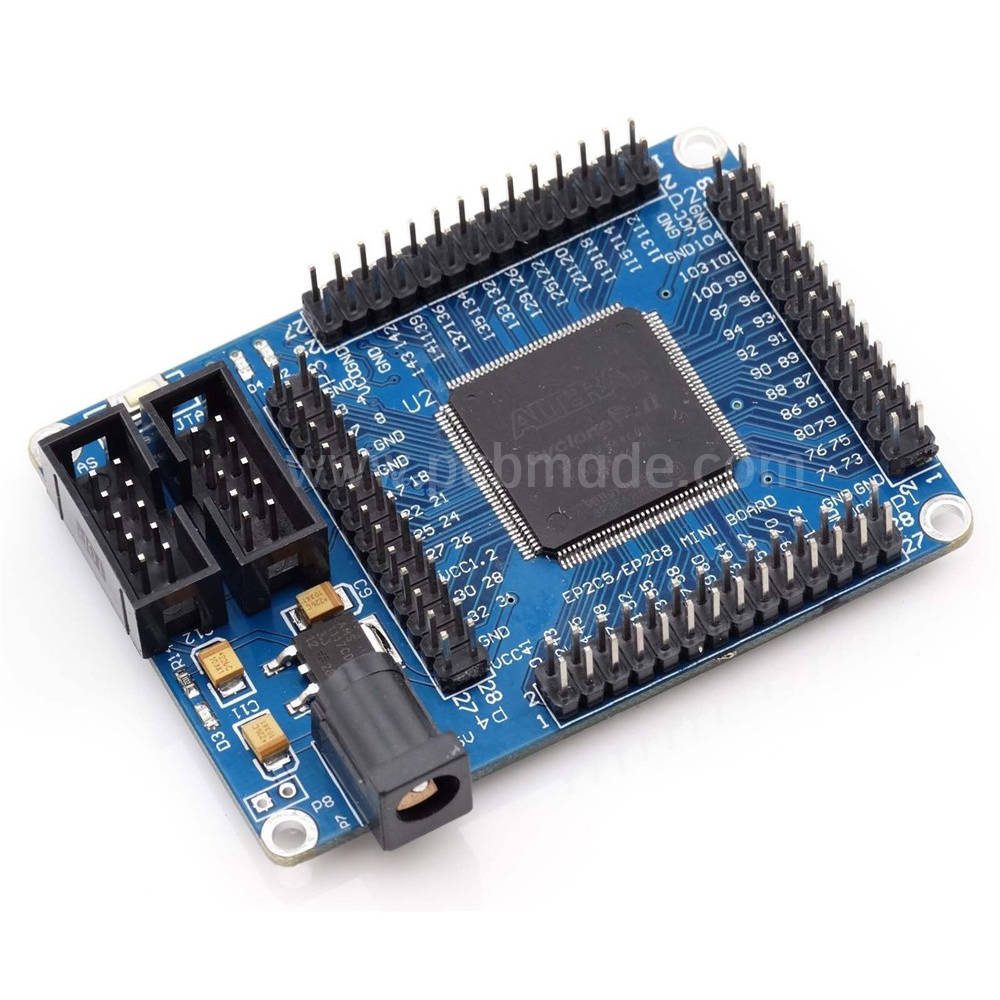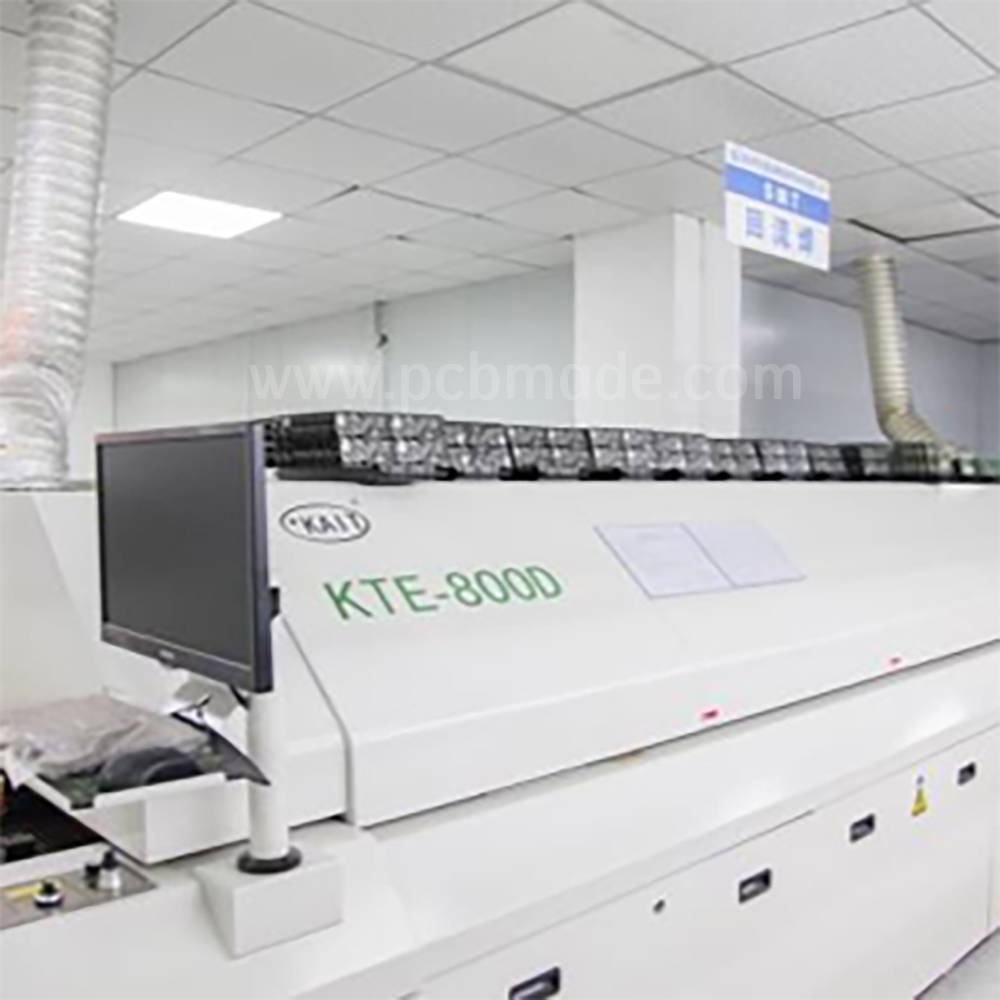As a Chinese technology company focused on the field of AGI (General Artificial Intelligence), DeepSeek’s rapid development in product technology is having a profound impact on the PCB industry. When asked about the specific potential impact, DeepSeek conducted an in-depth analysis and pointed out that through technological innovation and cost optimization, DeepSeek has not only changed the competitive landscape of the AI industry, but also reshaped the future development direction of the PCB industry through the linkage effects of demand, technology, and industry chain.
一、 AI technology empowers PCB design and production optimization
1. AI assisted design improves efficiency
DeepSeek’s AI algorithm can automatically optimize the routing, stacking structure, and signal integrity of PCBs by analyzing historical data and design rules, significantly shortening the design cycle and reducing error rates. For example, AI driven electromagnetic and thermal simulation tools can quickly verify design feasibility, reduce the number of physical prototype tests, and lower costs.
This technology is particularly important for high complexity PCBs, such as high-density HDI boards and IC carrier boards, as its improved design efficiency directly accelerates the development process of high-end products.
2. Intelligent Manufacturing and Quality Control
The machine vision system combined with AI can improve the accuracy and speed of PCB defect detection (such as short circuits, open circuits, and poor solder joints), reducing the dependence on manual quality inspection. At the same time, AI can also monitor production parameters in real-time (such as temperature and pressure), quickly locate the root cause of problems, and reduce scrap rates. For example, companies such as Shennan Circuit, Shanghai Electric Power Co., Ltd., and Baineng Cloud Board Intelligent Manufacturing Factory have increased yield by 5% -10% and shortened design cycles by 30% by introducing AI technology.
3. Predictive maintenance and process optimization
DeepSeek’s AI technology can analyze device sensor data, predict the risk of failures in production equipment such as drilling machines and etching lines, and reduce downtime. In addition, machine learning can dynamically adjust key process parameters such as etching and electroplating to improve product consistency.
二、 Demand side transformation: parallel high-end and diversified
1. AI computing power demand drives high-end PCB growth
Although DeepSeek’s low-cost model may reduce some computing power demand in the short term, the widespread adoption of AI applications it promotes will stimulate the expansion of computing infrastructure in the long run. For example, the demand for high-frequency high-speed boards (such as HDI with 16 or more layers) in AI servers has significantly increased, with a unit price 3-5 times that of ordinary PCBs. It is predicted that the super large scale data center of the Stargate project alone may bring billions of dollars in high-end PCB orders.
2. Expanding market space through emerging application scenarios
Applications such as edge computing and humanoid robots promoted by DeepSeek need more flexible PCB solutions. For example, Baineng Cloud Board Intelligent Manufacturing Factory has provided small batch PCB products for the field of humanoid robots, and the demand for flexible boards and rigid flex joint boards has increased accordingly. In addition, the explosive growth of IoT devices also requires PCBs to have stronger data processing and interconnection capabilities.
3. Collaborative upgrade of materials and packaging technology
The high-performance packaging of AI chips (such as TSMC CoWoS technology) requires a high-precision carrier board, which is essentially a special PCB. DeepSeek’s technological innovation has accelerated the vertical integration of the PCB and packaging industry chain, promoting the domestic substitution process of materials such as low loss high-speed substrates.
三、 Industrial Chain Restructuring and Globalization Game
1. The interweaving of localization and globalization
The US AI infrastructure projects (such as Stargate) emphasize the priority of local supply chains, but the US PCB production capacity only accounts for 5% of the world’s total, and Chinese manufacturers may indirectly participate in order competition through Southeast Asian bases (such as Shanghai Electric Power’s Thailand factory). At the same time, domestic enterprises are actively undertaking high-end orders from international customers, leveraging their cost and technological advantages (with a global market share of over 50%).
2. Technological autonomy and risk avoidance
Under geopolitical risks, high-end PCBs may be included in the scope of export controls. Enterprises need to avoid restrictions through technological autonomy (such as breaking through PCB technology barriers of more than 20 layers) or third-party transit. For example, Shennan Circuit has achieved mass production of 24 layer server PCBs.
3. Intelligent management of supply chain
The AI driven demand forecasting and dynamic scheduling system can optimize raw material procurement and inventory management, reducing capital occupation. The intelligent scheduling system can also flexibly respond to changes in orders, improve equipment utilization and delivery efficiency.
四、 Challenges and Potential Risks
1. Technical investment and cost pressure
The deployment of AI systems requires hardware (such as GPU servers), software customization, and talent training, which puts financial pressure on small and medium-sized PCB enterprises. The cost of renovating or replacing old equipment is relatively high, which may slow down the speed of technology implementation.
2. Industry competition intensifies
Leading technology companies using AI to further reduce costs and improve quality may squeeze the survival space of small and medium-sized enterprises. For example, Taiwanese and Korean manufacturers are accelerating production expansion to compete for profits in the high-end market.
3. Data Security and Employment Structure Adjustment
AI relies on a large amount of production data to train models, which poses a risk of data leakage. In addition, AI replacing some repetitive positions (such as basic quality inspection) may lead to a decrease in demand for low skilled labor, and companies need to provide training to help employees transform.
Summary and Outlook
The technological development of DeepSeek presents both opportunities and challenges for the PCB industry
Short term: AI technology optimizes production processes, lowers the threshold for high-end PCB research and development, and promotes domestic substitution;
Long term: The popularization of AI applications will drive the expansion of computing infrastructure, stimulate high-end demand such as multi-layer boards and IC carrier boards;
Industry strategy: Enterprises need to balance technology investment and return, strengthen data security protection, develop specialized AI tools based on industry know how, and avoid trade risks through international layout (such as Southeast Asian production capacity).
In the future, as AI technology penetrates the entire PCB industry chain, the industry will accelerate towards high-end, intelligent, and globalized development, and those enterprises that actively embrace technological changes are expected to gain an advantage in competition.




